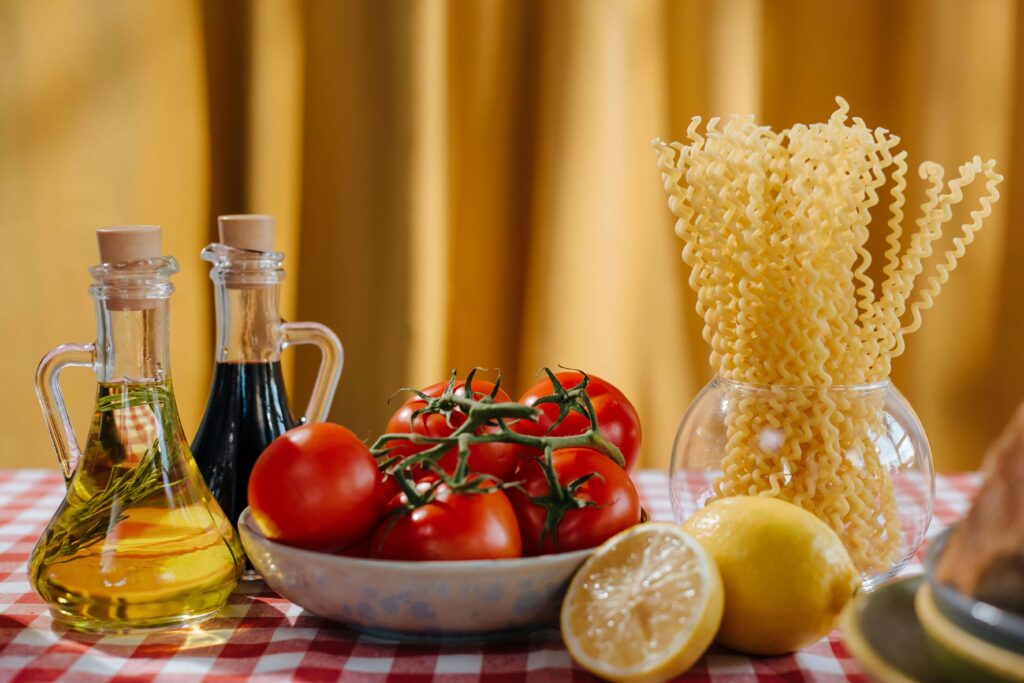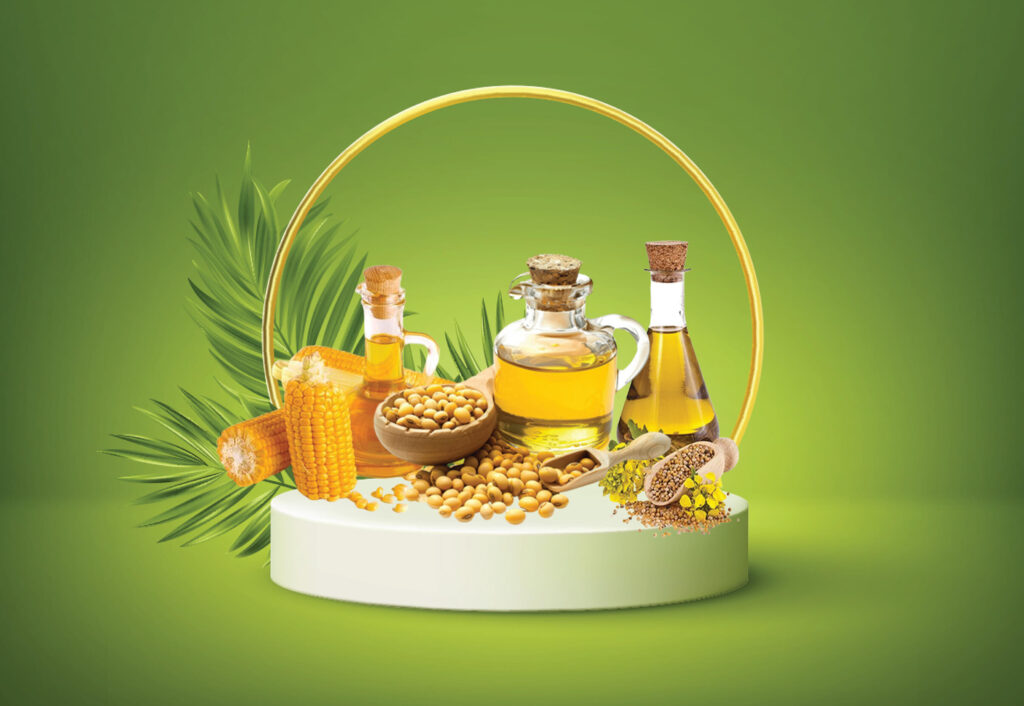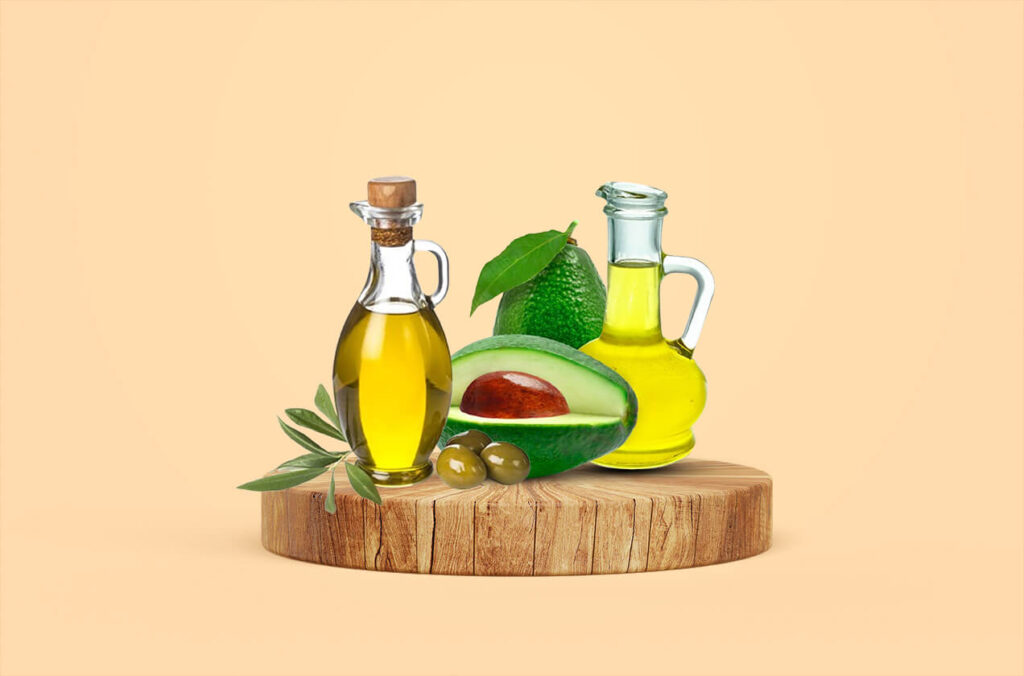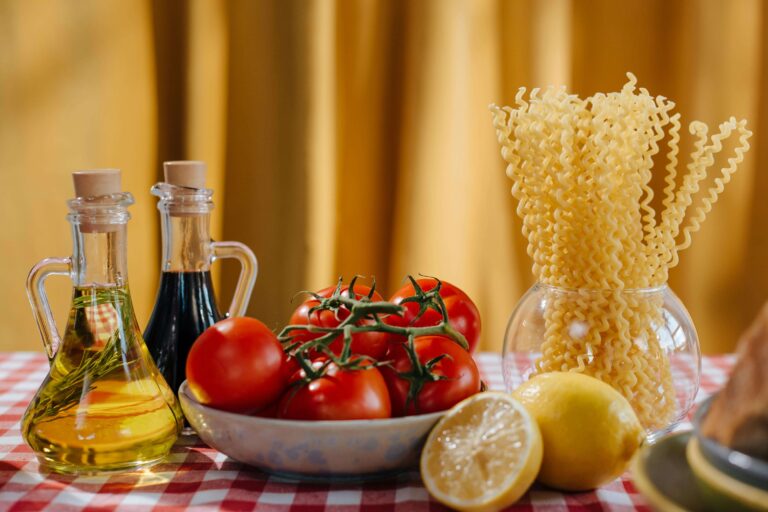Cooking oil is a kitchen essential used in almost every cuisine around the world. From frying and sautéing to dressing salads or baking, oils are fundamental—but not all oils are created equal. Some oils enhance flavor and health, while others can do more harm than good if misused.
In this guide, you’ll learn about different types of cooking oil, how to choose the right one, and the health facts that truly matter.

Contents
- 1 🥄 What is Cooking Oil?
- 2 🌿 Types of Cooking Oils
- 3 🔥 Why Smoke Point Matters
- 4 ❤️ Health Considerations
- 5 🧂 Cooking Oil Comparison Chart
- 6 🍳 Choosing the Right Oil for Cooking
- 7 🧊 How to Store Cooking Oils
- 8 ❌ Common Myths About Cooking Oil
- 9 🌍 Eco-Friendly & Ethical Oil Choices
- 10 ✅ Final Thoughts
- 11 🙋♀️ FAQs
🥄 What is Cooking Oil?
Cooking oil is a fat derived from plants or animals, used in food preparation for heat transfer (cooking), flavor, texture, and nutritional value. While it seems simple, the type of oil you use can impact taste, cooking technique, and your health.
🌿 Types of Cooking Oils
1. Vegetable-Based Oils
- Canola Oil – Light flavor, ideal for baking and frying.
- Soybean Oil – Common in processed foods and deep-frying.
- Corn Oil – Affordable and high smoke point.

2. Animal-Based Oils
- Lard (pork fat) – Rich flavor, used in traditional recipes.
- Tallow (beef fat) – Great for frying, long shelf life.
- Ghee (clarified butter) – High smoke point, rich in flavor and vitamins.
3. Nut & Seed Oils
- Peanut Oil – Great for frying; adds a nutty flavor.
- Sunflower Oil – Neutral taste, used in high-heat cooking.
- Sesame Oil – Strong flavor, ideal for Asian dishes.
4. Fruit-Based Oils
- Olive Oil – Extra virgin for dressings, light for cooking.
- Avocado Oil – Healthy fat, perfect for grilling and frying.
- Coconut Oil – Solid at room temp; great for baking and sautéing.

🔥 Why Smoke Point Matters
The smoke point is the temperature at which oil starts to burn and release harmful compounds.
| Oil | Smoke Point (°F) | Best For |
|---|---|---|
| Extra Virgin Olive Oil | 375°F | Sautéing, salad dressings |
| Canola Oil | 400°F | Baking, frying |
| Avocado Oil | 520°F | Grilling, roasting |
| Ghee | 485°F | High-heat cooking |
| Coconut Oil | 350°F | Light sautéing, baking |
Using the wrong oil for high-heat cooking can lead to bitter flavor and release of free radicals.
❤️ Health Considerations
a. Saturated vs. Unsaturated Fats
- Unsaturated Fats (Olive, Avocado, Canola): Heart-healthy, anti-inflammatory.
- Saturated Fats (Coconut oil, Ghee): Fine in moderation, but excess may raise cholesterol.
b. Omega-3 and Omega-6 Balance
Modern diets are overloaded with omega-6 fats (found in soybean and corn oil), which can cause inflammation. Balance with omega-3s from flaxseed oil, fish, or walnuts.
c. Trans Fats
Avoid partially hydrogenated oils—they’re harmful and banned in many countries.
🧂 Cooking Oil Comparison Chart
| Oil | Flavor | Cost | Health Score | Best Use |
|---|---|---|---|---|
| Olive | Medium | Medium | ★★★★★ | Dressings, sautéing |
| Canola | Neutral | Low | ★★★★☆ | Baking, frying |
| Coconut | Mildly sweet | Medium | ★★★☆☆ | Baking |
| Avocado | Buttery | High | ★★★★★ | Grilling |
| Ghee | Rich | Medium | ★★★★☆ | High-heat cooking |
🍳 Choosing the Right Oil for Cooking
| Cooking Style | Recommended Oil |
|---|---|
| Frying | Peanut, Avocado, Canola |
| Baking | Canola, Coconut |
| Grilling | Avocado, Ghee |
| Salad Dressing | Extra Virgin Olive Oil, Flaxseed |
| Roasting | Olive Oil, Sunflower Oil |
🧊 How to Store Cooking Oils
- Keep in a cool, dark place to prevent oxidation.
- Avoid light and heat — use dark bottles or metal containers.
- Shelf life: Most oils last 6–12 months; olive oil is best used within 6 months after opening.
Signs of spoilage:
- Rancid smell (like crayons or paint)
- Cloudiness or strange taste
❌ Common Myths About Cooking Oil
- Myth: Coconut oil is the healthiest.
- ✅ Truth: It’s high in saturated fat; moderation is key.
- Myth: Olive oil can’t be used for frying.
- ✅ Truth: Light olive oil is fine for medium-heat frying.
- Myth: All vegetable oils are healthy.
- ✅ Truth: Some are highly processed and lack nutrients.
🌍 Eco-Friendly & Ethical Oil Choices
- Choose cold-pressed or unrefined oils for purity.
- Avoid palm oil if not sustainably sourced (linked to deforestation).
- Organic options are better for health and environment.
✅ Final Thoughts
Cooking oil isn’t just about taste—it’s about health, sustainability, and cooking quality. Choose oils that fit your needs:
- Go for olive, avocado, or flaxseed oil for heart health.
- Use ghee or canola oil for high-heat cooking.
- Store properly to avoid spoilage.
Take a closer look at your oil shelf today—it’s a small change that can lead to big health improvements.
🙋♀️ FAQs
Q: Is olive oil good for frying?
A: Yes! Light olive oil has a higher smoke point than extra virgin and is good for medium-heat frying.
Q: What’s the healthiest oil?
A: Extra virgin olive oil and avocado oil are top picks for heart health.
Q: Can I reuse cooking oil?
A: Yes, but not more than 2–3 times and only if stored properly. Filter it after each use.

